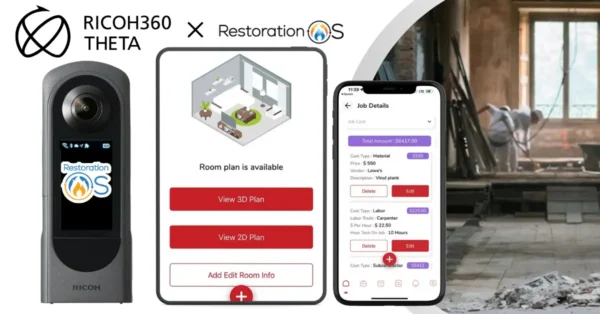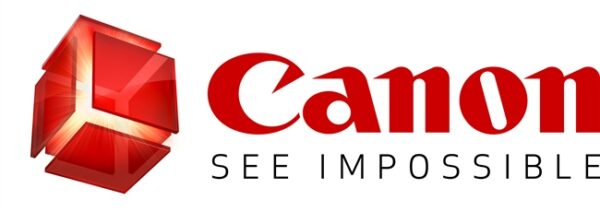For this week’s installment of The Way We Were, we are taking a trip back to March 2017 and a segment from our Virtual Panel Series with the OEMs.
Among the questions we asked the panel was what advice can you give to dealers on how to best prepare themselves for a world where print volumes will continue to decline?
The participants in that 2017 panel, some of whom are no longer with the organizations they were representing at the time, included Doug Albregts, president and CEO, Sharp Electronics Corp. of America; Jim Coriddi, vice president, Dealer Division, Ricoh Americas Corp.; Mike Feldman, president, North America Operations, Xerox; Yukio Ikeda, president and CEO, Kyocera Document Solutions America; David Laing, general manager, HP OfficeJet Enterprise; Bill Melo, chief marketing executive, Toshiba America Business Solutions/Toshiba Global Commerce Solutions; Mason Olds, senior vice president and general manager, sales, Business Imaging Solutions Group, Canon U.S.A., Inc.; and Rick Taylor, president and CEO, Konica Minolta Business Solutions USA.
Albregts: First, admit the market is declining. I talk to many dealers that are in denial. They can still grow in this market, but they must understand and acknowledge what is happening in order to address it. Their strategy should include elements of expanding business through similar products, solutions, and services that address the business needs of their customers. Sharp will lead the way in facilitating this opportunity. Dealers will learn it’s a lot easier to protect their copy business and margins when they expand their offerings. When creating more touch-points, and thus value-add with an end-user, good things happen.
Coriddi: A lot of the more obvious decline is happening in larger enterprises. That’s an aspect dealers need to be aware of that they should factor into their planning, especially because there’s so much going on at enterprises that extends “beyond the box.” As these volumes decline and as dealers look to maintain the strong relationships they’ve worked so hard to build, dealers have to look to how they can help “beyond the box,” too. They have to get into software, services, and so on. That means information management, managed services, whatever their customers’ specific needs are. Ricoh has made significant investments in supporting our dealers as they expand their portfolios to keep their long-term relationships strong, even as volumes decline.
Feldman: There is always an opportunity to go after new business and new logos so that even if a customer’s print volumes decline, you will be able to show overall growth. We also see opportunities for dealers to expand their offerings beyond print, and look for natural adjacencies such as workflow automation, content management, mobile print, and print security solutions.
Ikeda: I totally agree that dealers, as well as ourselves, need to be prepared for the decline in print volumes. We both must diversify our offerings and be willing to change and evolve with the market to ensure we are set up for future growth. At Kyocera, we continuously investigate different services in order to minimize the impact of declining print volumes. I would also note that, similar to the dealers you have spoken with, we haven’t seen a major decline in those volumes yet. We have actually seen a continued shift from B&W to color, resulting in increased volumes in key sectors. But as I mentioned before, we will be prepared for it when it happens.
Laing: For dealers in North America and Western Europe, where there is some small decline in print volumes year-over-year, we really talk to them about two things. The first one is growing new revenue streams and the second is improving margins on their existing revenue. There is a large installed base of older machines out there. That installed base has historically been very difficult to roll to new machines. We think our security message is a powerful message that allows a dealer to go to a customer and say these older machines were designed for a world where there weren’t as many sophisticated hackers as there are now.
The second is growing the color page mix. As you know, mono-color page mixes have been somewhat stable the past few years, and we believe our PageWide technology that materially lowers the cost of color, particularly on those accent color pages that just have a small amount of color, is a way to shift the mix of mono pages over to color and, in turn, grow revenue and margins by printing more color.
Melo: We started talking to dealers about declining print volumes back in 2009. I remember our first LEAD conference where I did a presentation called “The New Normal.” It was all about what we saw coming up, and we implemented and had been advocating for dealers this basic, three-step process, which was to accelerate the transition from monochrome to color so that the prints you have are more valuable not only to the customer but are at a higher revenue.
Secondly, grab print share. Historically, prints coming off A3 devices were about half and prints coming off A4 devices were half. If you could execute a MPS strategy and get that other piece of the pie that you didn’t have before, your print volume is going to go up. We see that, for example, in our TBS areas, the total number of pages under management goes up every year because we’re converting new MPS business. Even though the same machine volume might be down, we have a bigger reach. And we’re moving the acquired volume, which may be largely from HP or other manufacturers to Toshiba devices.
The third is building up a book of new business that has nothing to do with pages. That could be different for different dealers. It could be managed IT services. It could be in our case, digital signage. It could be workflow or other sorts of business. We’ve put a target 10% of total revenue. We’re not there yet and many people aren’t, but that’s a reasonable mix. If you’re able to achieve that, that’s a nice bounce as well. Again, we started talking about this in 2009, and we’re now eight years into this journey and that last piece is probably the hardest.
Olds: Not to be overly dramatic, but I believe channel partner success will be somewhat of a Darwinian outcome, a matter of survival of the fittest. Dealers must continue to expand, both geographically and with machines in field, to make up for declining print volume. As I see it, channel partners that can think beyond selling copiers and look to fill other critical business needs, like security, will be better positioned to survive because they become total business suppliers, affording them a competitive edge. Unfortunately, with the state of the world we live in, security is of growing importance, but this may also offer a new frontier for dealers to expand business, offering new opportunities as the print space matures.
Taylor: Print is declining to some extent. Our images were up last year, which is good for the company, but that’s just from growth. What I keep saying to a lot of people and our dealers is the amount of information is clearly not declining. There’s more out there to be utilized in business, so if you diversify your business to handle information in any form, like we have done with IT services and content management, there’s a strong opportunity. If you keep doing the same thing you’ve been doing for 20 years, you’ve got a problem. It may not be this month, or this quarter, or this year, but eventually, you’re going to deal with a business where you either have to take dramatic share from your competitors or your business is going to decline. I’ve been very vocal about how to handle this type of transition to a new business model and our dealers have done it, and we’ve done it as a company, and it’s really helped us. There’s clearly plenty of opportunity in the dealer business if you want to invest.
Access Related Content
To become a subscriber, visit www.thecannatareport.com/register or contact cjcannata@cannatareport.com directly. Bulk subscription rates are also available.




